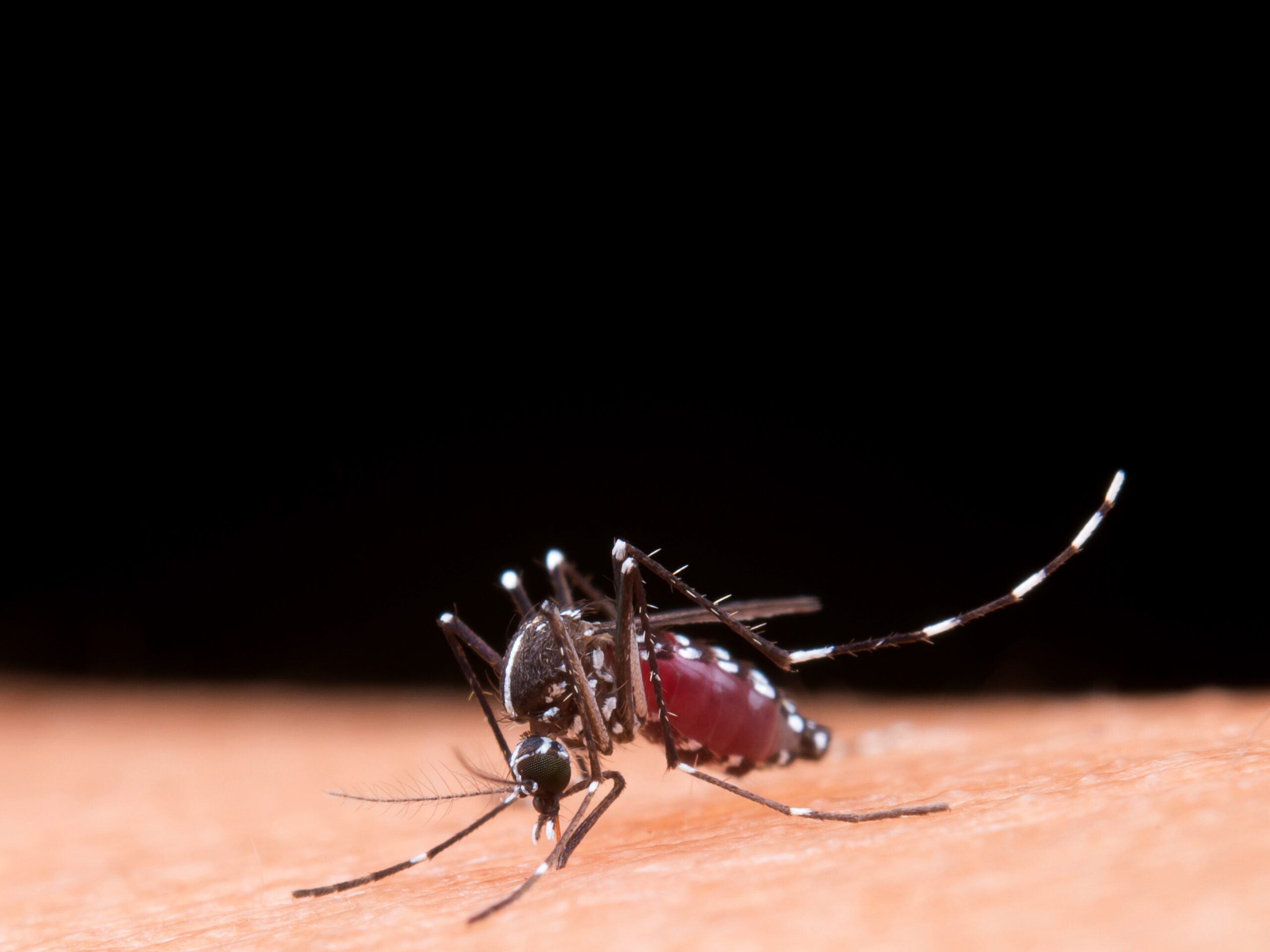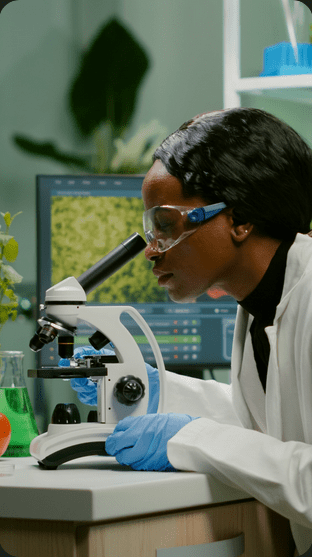Research Scientist (HackBio Internship, Remote)
March 1, 2025Principal Investigator, Royal Society of Tropical Medicine and Hygiene, UK
March 20, 2023
Research Objectives
The primary goal of this project was to apply molecular biology techniques to study the genetic expression profiles of malaria parasites and validate the quality and accuracy of the generated data through bioinformatics analysis.
Specific objectives included:
-
Isolating high-quality nucleic acids (DNA and RNA) from malaria-infected human blood.
-
Conducting RNA to cDNA synthesis followed by quantitative PCR (qPCR) for gene expression profiling.
-
Validating amplicons through gel electrophoresis and Sanger sequencing.
-
Implementing bioinformatics analysis for quality control, read alignment, and expression quantification.
-
Ensuring biosafety compliance and ethical handling of human samples.
1. Nucleic Acid Extraction
-
Extracted genomic DNA and total RNA from malaria-infected blood samples using standardized purification protocols.
-
Ensured nucleic acid integrity through spectrophotometric (A260/280) and gel-based assessments.
2. Reverse Transcription and qPCR Analysis
-
Converted RNA to complementary DNA (cDNA) for downstream expression analysis.
-
Designed and optimized quantitative PCR assays to measure target gene expression levels.
-
Analyzed amplification efficiency and relative expression using comparative Ct (ΔΔCt) methods.
3. Gel Electrophoresis and Sanger Sequencing
4. Bioinformatics and Downstream Data Analysis
-
Processed sequence data through read quality control (QC) and trimming.
-
Performed sequence alignment against malaria reference genomes to verify amplicon identity.
-
Quantified gene expression and assessed differential patterns across samples.
-
Utilized bioinformatics tools for visualization, statistical validation, and sequence annotation.
5. Ethical and Biosafety Compliance
-
Handled human samples in line with approved biosafety protocols and ethical research standards.
-
Ensured proper documentation, labeling, and secure storage throughout the workflow.
2. Reverse Transcription and qPCR Analysis
-
Converted RNA to complementary DNA (cDNA) for downstream expression analysis.
-
Designed and optimized quantitative PCR assays to measure target gene expression levels.
-
Analyzed amplification efficiency and relative expression using comparative Ct (ΔΔCt) methods.
4. Bioinformatics and Downstream Data Analysis
-
Processed sequence data through read quality control (QC) and trimming.
-
Performed sequence alignment against malaria reference genomes to verify amplicon identity.
-
Quantified gene expression and assessed differential patterns across samples.
-
Utilized bioinformatics tools for visualization, statistical validation, and sequence annotation.
Key Outcomes
-
Successfully optimized and validated qPCR assays for gene expression analysis.
-
Generated high-quality DNA and RNA extracts suitable for sequencing and downstream studies.
-
Produced validated sequence data confirming target gene specificity.
-
Applied bioinformatics techniques to interpret molecular data and assess gene expression trends.
-
Strengthened practical experience in integrating wet-lab techniques with computational analysis.
Research Significance
This research enhances understanding of molecular mechanisms underlying malaria infection through integrated experimental and computational analysis.
The study contributes to:
-
Improved molecular diagnostic methods for malaria surveillance.
-
Capacity development in African genomics research and precision medicine.
-
The advancement of data-driven molecular parasitology by combining high-quality benchwork with computational validation.
Key Outcomes
-
Successfully optimized and validated qPCR assays for gene expression analysis.
-
Generated high-quality DNA and RNA extracts suitable for sequencing and downstream studies.
-
Produced validated sequence data confirming target gene specificity.
-
Applied bioinformatics techniques to interpret molecular data and assess gene expression trends.
-
Strengthened practical experience in integrating wet-lab techniques with computational analysis.
Research Significance
This research enhances understanding of molecular mechanisms underlying malaria infection through integrated experimental and computational analysis.
The study contributes to:
-
Improved molecular diagnostic methods for malaria surveillance.
-
Capacity development in African genomics research and precision medicine.
-
The advancement of data-driven molecular parasitology by combining high-quality benchwork with computational validation.
Tools and Technologies
-
Laboratory Techniques: Nucleic acid extraction, cDNA synthesis, qPCR, gel electrophoresis, Sanger sequencing
-
Software & Bioinformatics Tools: FastQC, BLAST, BWA, R for expression quantification and visualization
-
Equipment Used: Thermal cycler, gel documentation system, spectrophotometer, qPCR machine
-
Data Type: Amplicon sequence data from malaria-infected blood samples
Tools and Technologies

-
Laboratory Techniques: Nucleic acid extraction, cDNA synthesis, qPCR, gel electrophoresis, Sanger sequencing
-
Software & Bioinformatics Tools: FastQC, BLAST, BWA, R for expression quantification and visualization
-
Equipment Used: Thermal cycler, gel documentation system, spectrophotometer, qPCR machine
-
Data Type: Amplicon sequence data from malaria-infected blood samples








